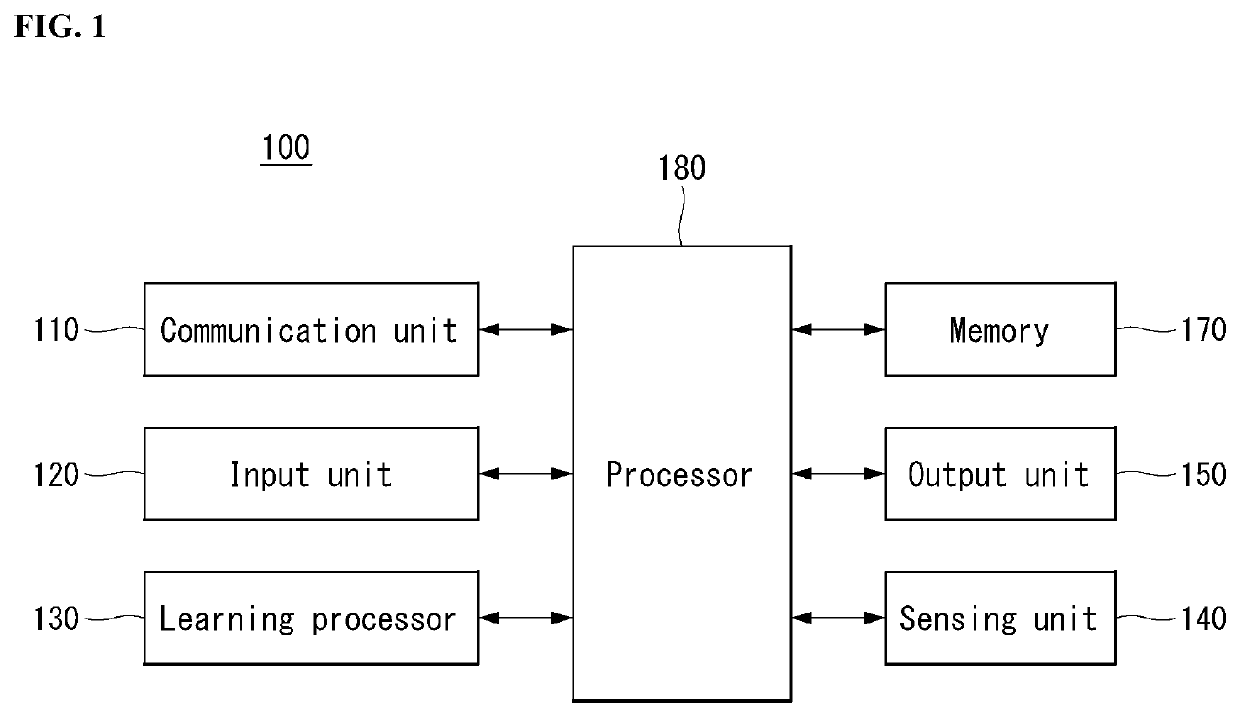Cell access method of terminal in wireless communication system, and apparatus therefor
a wireless communication system and terminal technology, applied in the field of wireless communication system, can solve problems such as lack of resources
- Summary
- Abstract
- Description
- Claims
- Application Information
AI Technical Summary
Benefits of technology
Problems solved by technology
Method used
Image
Examples
embodiment 3
[0805]A cell may transmit a scrambled MIB to a UE on a PBCH based on a newly defined PBCH CRC masking sequence, different form the existing PBCH CRC masking sequence.
[0806]In this embodiment, after decoding MIB, upon recognizing that a newly defined PBCH CRC masking sequence, not the existing PBCH CRC masking sequence, is used, the UE may determine that the cell supports sMTC.
[0807]On the contrary, after decoding MIB, upon recognizing that the existing PBCH CRC masking sequence is used, the UE may determine that the cell does not support sMTC.
[0808]The existing PBCH CRC masking sequence is used to identify the number of antenna ports (1, 2, or 4) through which CRS (cell specific reference signal) is transmitted.
[0809]According to this embodiment, one sequence set may be added as exemplified in the following Table 45, in order for a newly defined PBCH CRC masking to support the function of identifying the number of antenna ports through which CRS is transmitted.
[0810]Alternatively, t...
embodiment 1
[0832]A cell may transmit cell access-related information to a UE by using a PSS and / or SSS.
[0833]In an example, a cell may use an existing LTE PSS and / or SSS as it is, but in a different form than the pattern on the time / frequency resources of the PSS and / or SSS in the existing LTE FDD (Frequency Division Duplex / TDD (Time Division Duplex) (hereinafter, existing PSS and / or SSS pattern).
[0834]An sMTC device may receive a PSS and / or SSS by detecting a PSS and / or SSS pattern of a different form than the existing PSS and / or SSS pattern, and receive cell access-related information based on the received PSS and / or SSS.
[0835]Accordingly, the sMTC device is able to find out whether the corresponding cell supports sMTC devices or not and whether an sMTC-only operation is permitted in the corresponding cell, based on the received cell access-related information.
[0836]On the other hand, a legacy eMTC device may not be able to detect a PSS and / or SSS pattern of a different form than the existin...
embodiment 2
[0842]A cell may transmit cell access-related information to a UE by using an existing LTE control region.
[0843]In an example, a cell may transmit a known sequence through an existing LTE control region.
[0844]The known sequence may contain the cell access-related information, and an sMTC may already know the known sequence.
[0845]Accordingly, the sMTC may detect the known sequence which it already knows that is being transmitted in the LTE control region, and acquire cell access-related information.
[0846]In another example, a cell may copy all or some of OFDM (orthogonal frequency division multiplexing) symbols constituting a PBCH to an existing LTE control region and signal them.
[0847]The PBCH may consist of four OFDM symbols.
[0848]Specifically, the cell may indicate a standalone mode or the like to an sMTC device by repeating the PBCH in a specific pattern.
[0849]That is, the cell may indicate to an sMTC whether the corresponding cell supports sMTC or not and whether the correspondi...
PUM
 Login to View More
Login to View More Abstract
Description
Claims
Application Information
 Login to View More
Login to View More - R&D
- Intellectual Property
- Life Sciences
- Materials
- Tech Scout
- Unparalleled Data Quality
- Higher Quality Content
- 60% Fewer Hallucinations
Browse by: Latest US Patents, China's latest patents, Technical Efficacy Thesaurus, Application Domain, Technology Topic, Popular Technical Reports.
© 2025 PatSnap. All rights reserved.Legal|Privacy policy|Modern Slavery Act Transparency Statement|Sitemap|About US| Contact US: help@patsnap.com



